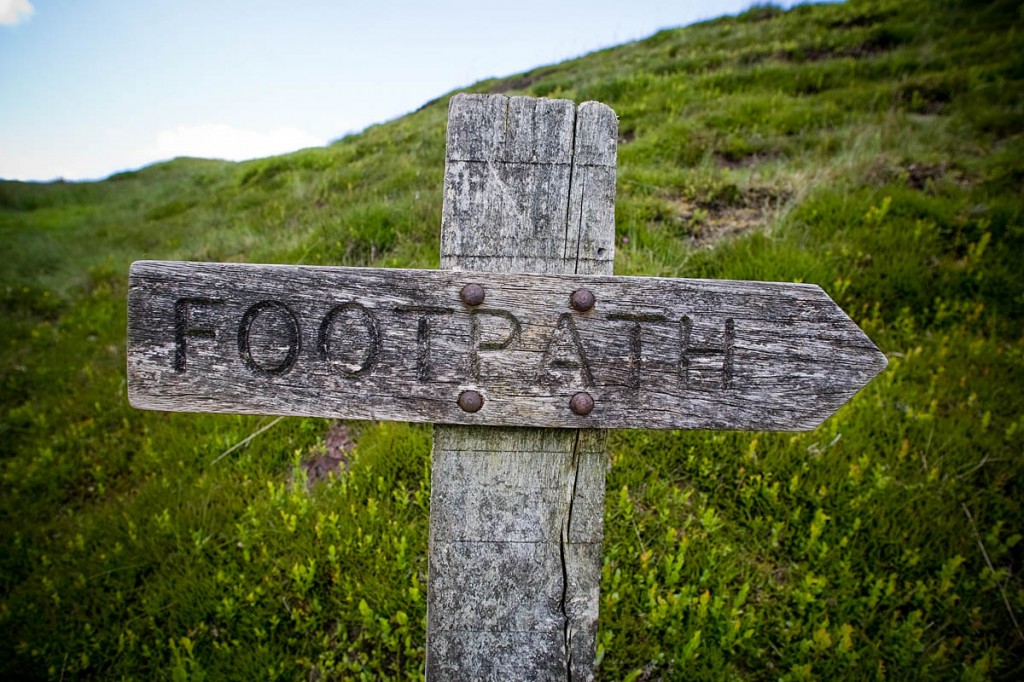Up to 1,000 lost paths and bridleways could be reinstated after the Court of Appeal upheld a case based on a law passed more than 200 years ago.
The decision was welcomed by the Ramblers as an important step forward for rights of way and victory for the tenacity of one of its members John Andrews.
Mr Andrews, a former Ramblers footpath secretary, lost a case in 1993 which he was fighting to open up two paths in Crudwell in north Wiltshire.
The Master of the Rolls Lord Dyson, along with two other senior judges, overturned the ruling based on the Inclosure Consolidation Act 1801 and the right of Daniel Trinder, a commissioner appointed to oversee the enclosing of previously common land, to designate public bridleways and footpaths.
Previous judgments had held that commissioners did not have that right.
John Andrews said: “It has taken an astonishingly long time to achieve this breakthrough, but in reality this is only the first step towards the formal recognition of many ancient public paths whose continued existence had been threatened by the views of High Court judges.”
The Court of Appeal judges, Lord Dyson, Lady Justice Gloster and Lord Justice Sales said in their judgement: “We have been told that there are believed to be between 500 and 1,000 cases in England and Wales where public footpaths and bridleways set out and appointed by commissioners are not currently recorded in the relevant definitive maps.”
The Ramblers said: “This new judgment vindicates the long held view of the Ramblers and other experts that the 1993 case was wrongly decided and is a tribute to the tenacity of John Andrews.
“John was Ramblers area footpath secretary in Suffolk for many years, and was responsible for many successful claims to add paths to the definitive map in that county. John, working closely with historical map expert Dr Yolande Hodson led the Ramblers’ research project which studied many inclosure awards to find evidence to help back this appeal.
“It has taken nearly 15 years of research and legal debate to get this result.”
Janet Davis, senior policy officer at the Ramblers, said: “We are immensely pleased that the court took a very commonsense approach to the interpretation of this old legislation and agreed with our view that the Inclosure Commissioners did have the power to award public footpaths and bridleways under the 1801 Act.
“This will be of enormous help to all those who are researching lost ways in the run-up to the 2026 cut-off date for recording old routes on the definitive map.”

John Elliott
05 July 2015Does it matter they can go anywere now more or less, we may be able to walk in the ramblers gardens now.."